Environment
Hino positions addressing environmental issues as a theme of paramount importance for management and will continue to cooperate with governments and relevant industries in each country to pursue every measure possible from the perspective of society and our customers.
- Fundamental Approach to Global Environmental Conservation
- Environmental Promotion Systems
- Hino Environmental Strategy
- Achievement of a Carbon-Neutral Society
- Initiatives for Our Business Partners
- Disclosure Based on TCFD Recommendations
Fundamental Approach to Global Environmental Conservation
The Hino Group has set out its fundamental approach to global environmental conservation in the HINO Global Environmental Charter and the HINO Environmental Policy and shares and implements this approach with all employees, including those at related companies.
HINO GLOBAL Environment Charter Formulated April, 1993, Revised February, 2001
Basic Policies
1. We will promote comprehensive and ongoing environmental protection.
As a leading manufacturer of diesel vehicles, we will endeavor to offer superior products to customers in all countries, and continue to contribute to the achievement of greater prosperity through our products. In this, we are fully aware of the environmental impact of our products, and pledge ourselves to an earnest commitment to sustainable human and global development through ongoing efforts, whilst also paying careful attention to preventing pollution wherever we engage in our corporate activities.
2. We will take concrete and definite steps to protect the global environment.
Through the establishment and operation of our Environmental Management System we will maintain continuous efforts to define, assess and review environmental goals and targets while strictly adhering to all legal and other requirements placed upon us.
Action Guidelines
1. We will minimize the environmental impact of our vehicles throughout their life cycles, and of all our corporate activities in general.
We are determined to offer the public products having top-level environmental performance, and to engage in continuous technical development designed to minimize the environmental impact of our products and their distribution. We will also engage in the establishment and operation of an Environmental Management System embracing all stages in the life cycle of our vehicles.
2. We will develop closer partnerships with our affiliated companies.
The cooperation of a great many companies is critical for the effective pursuit of our business activities. We will work closely with vehicle manufacturing partners both in Japan and abroad, and will strive to extend the mutual range of our environmental protection efforts.
3. We will make greater efforts in the areas of information disclosure, education and awareness-promoting activities.
We will engage in activities designed to disseminate to as many people as possible a correct and proper understanding of what we are trying to achieve. At the same time, we will spare no effort to hone our own environmental sensitivity.
4. Our contribution is not limited to the offering of superior products.
As corporate citizens, and as a corporate entity existing within a local community, we will take an active part in a broad range of community and social activities.
HINO Environmental Policy Formulated June, 2023
Action Guidelines
1. Compliance with laws and regulations
We will provide our products and services by complying with all laws and regulations as well as appropriate voluntary rules and best practices regarding the environment.
2. Prevention of environmental pollution
We will prevent environmental pollution caused by oil and chemical substances, reduce the impact of these pollutants, reduce emissions of air pollutants, and reduce and properly manage hazardous waste and wastewater.
3. Creation of a sustainable society
We will promote our “Annual Company-Wide Environmental Activity Policy,” which was formulated based on the Environmental Initiative Plan and by backcasting the HINO Environmental Challenges 2050 and the HINO Environmental Milestone 2030.
4. Maintenance of environmental management
We will formulate an environmental conservation promotion plan, review it periodically, and continuously improve it to achieve our goals.
5. Participation of all employees
We will develop an environmentally-oriented culture that encourages all employees of Hino to take an interest in the environment.
Environmental Promotion Systems
Chaired by the President & CEO, the Hino Environment Committee convenes four times annually to evaluate the progress of efforts for the planning and formulation of our medium- to long-term environmental strategy. The progress of our strategy and of initiatives such as the introduction of renewable energy, which have an impact on our operation, are discussed and decided on by the Management Committee and the Board of Directors.
Additionally, seven subcommittees have been established as subordinate organizations of the Hino Environment Committee, and are promoting initiatives aimed at reducing environmental impact throughout our businesses.
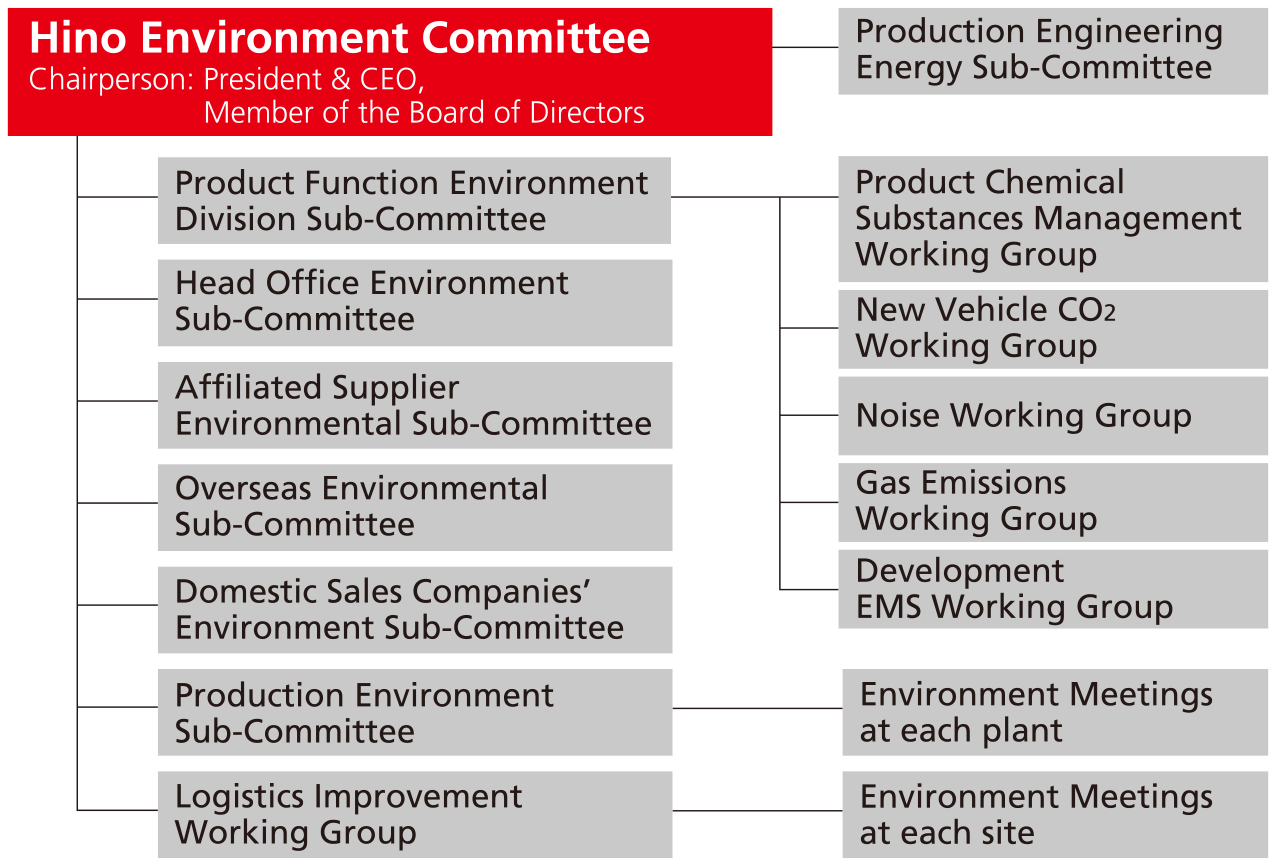
Hino Environmental Strategy
Hino has formulated the “Hino Environmental Challenge 2050” and its medium-term environmental target “HINO Environmental Milestone 2030” and is moving ahead with activities intended to address global environmental issues. Additionally, we have established a 5-year action plan, the “2025 Environmental Initiative Plan,” and are working to achieve a sustainable society.

Hino Environmental Challenge 2050
Hino formulated the Hino Environmental Challenge 2050 in 2017. It has declared the Six Challenges that the Hino Group should achieve in order to leave an affluent, comfortable world for future generations, and is promoting initiatives to that end.
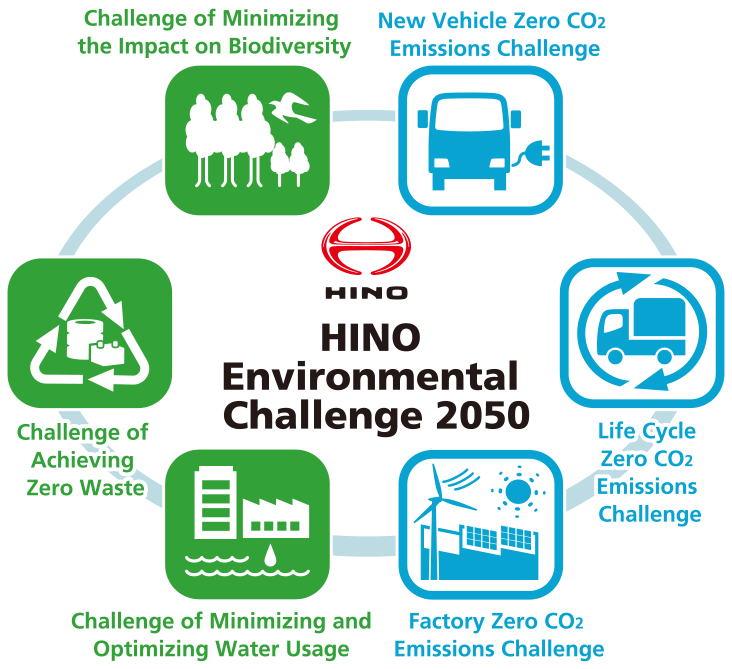
Major Initiatives
We believe that trucks and buses have an impact on the environment throughout the product lifecycle from the manufacture of parts and materials to vehicle production, use by the customer, and then disposal. As a company that supports the transportation of goods and people, which are the lifelines of society, Hino is working to address a range of problems facing the global environment, such as worsening global warming, water shortages, resource depletion, and environmental destruction.
HINO Environmental Milestone 2030
The HINO Environmental Milestone 2030 has been designated as its medium-term environmental target on the way to achieving the goals of the HINO Environmental Challenge 2050. Hino has positioned becoming carbon neutral as the most important issue confronting us and is promoting initiatives to achieve this goal. As we move forward with these efforts, we will collaborate with governments and related industries in each country in pursuing and implementing a range of measures from the perspective of society and our customers.
Global activity targets
This table can be scrolled horizontally
| Hino Environmental Challenge 2050 | HINO Environmental Milestone 2030 targets | Major initiatives |
|---|---|---|
New Vehicle Zero CO2 Emissions Challenge |
40% reduction compared to FY2013 in global average CO2 emissions during product operation | - Develop and deploy electric vehicles - Improve diesel consumption - Initiatives for improved transportation efficiency |
Life Cycle Zero CO2 Emissions Challenge |
25% reduction compared to FY2013 in global average CO2 emissions in product lifecycles | -Reduce CO2 emissions throughout the product lifecycle -Promote decarbonization of manufacturing processes |
Factory Zero CO2 Emissions Challenge |
40% reduction compared to FY2013 in CO2 emissions from factories | - Introduce innovative technologies - Promote daily improvements - Introduce renewable energy |
Challenge of Minimizing and Optimizing Water Usage |
- Water saving and recycling with consideration of local water risks -Thoroughgoing management based on our rigorous criteria, leading to preservation of the water environment |
- Use small amounts of water - Return purified water to nature |
Challenge of Achieving Zero Waste |
30% reduction compared to FY2018 in waste from factories | - Reduce to reach zero waste - Increase in resource utilization efficiency |
Challenge of Minimizing the Impact on Biodiversity |
Create plants that coexist in harmony with nature* *Factories promoting activities that take regional characteristics (ecosystems) into account |
- Conserving biodiversity - Providing learning opportunities |
Primary measures and contributions towards achieving the SDGs (Sustainable Development Goals)
Minimizing environmental burden at each step in the truck and bus business
Hino will contribute to the prevention of global warming, resource recycling, and the conservation of biodiversity through the Hino Environmental Challenge 2050, an initiative that reduces the environmental impact of trucks and buses on the planet to an absolute minimum.
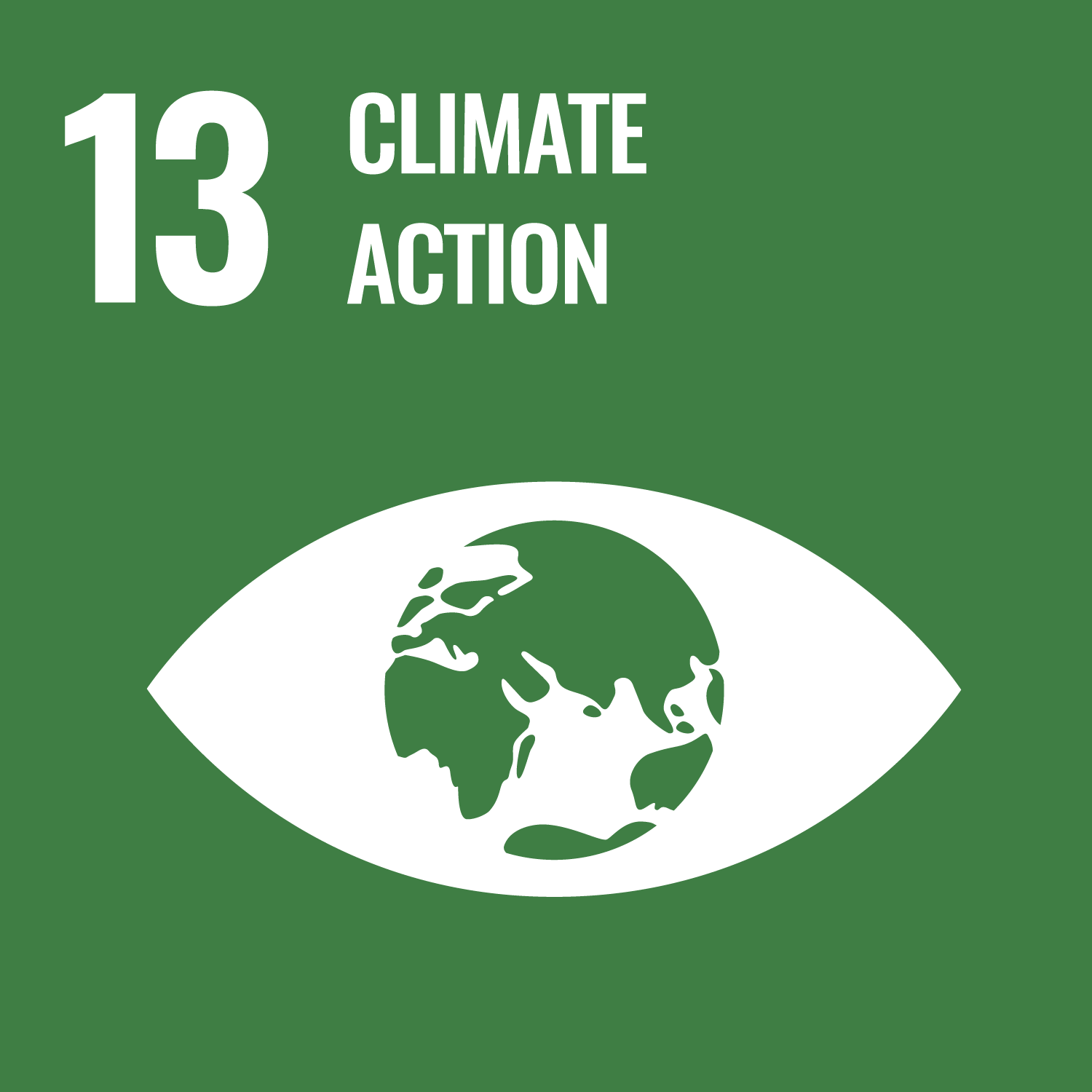
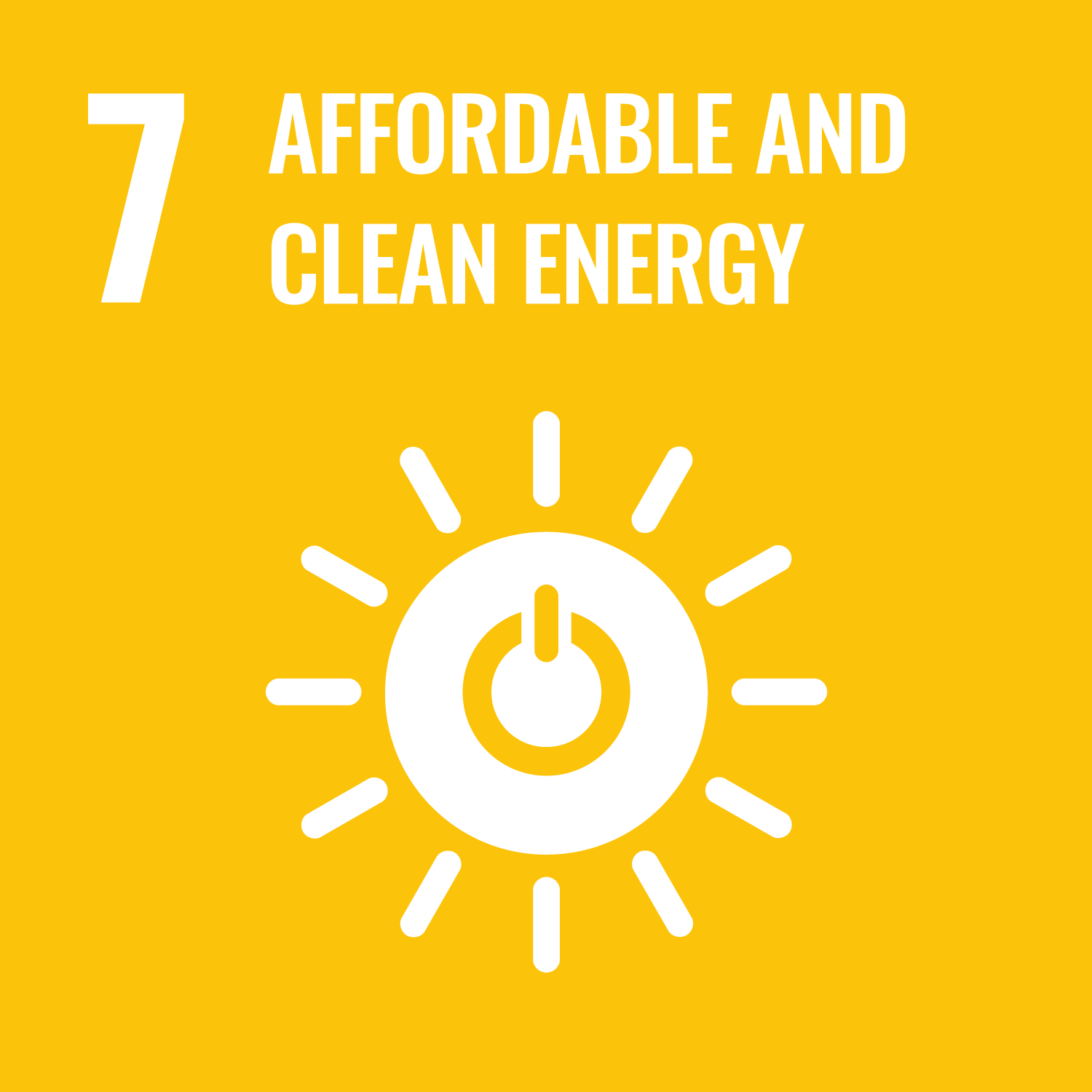
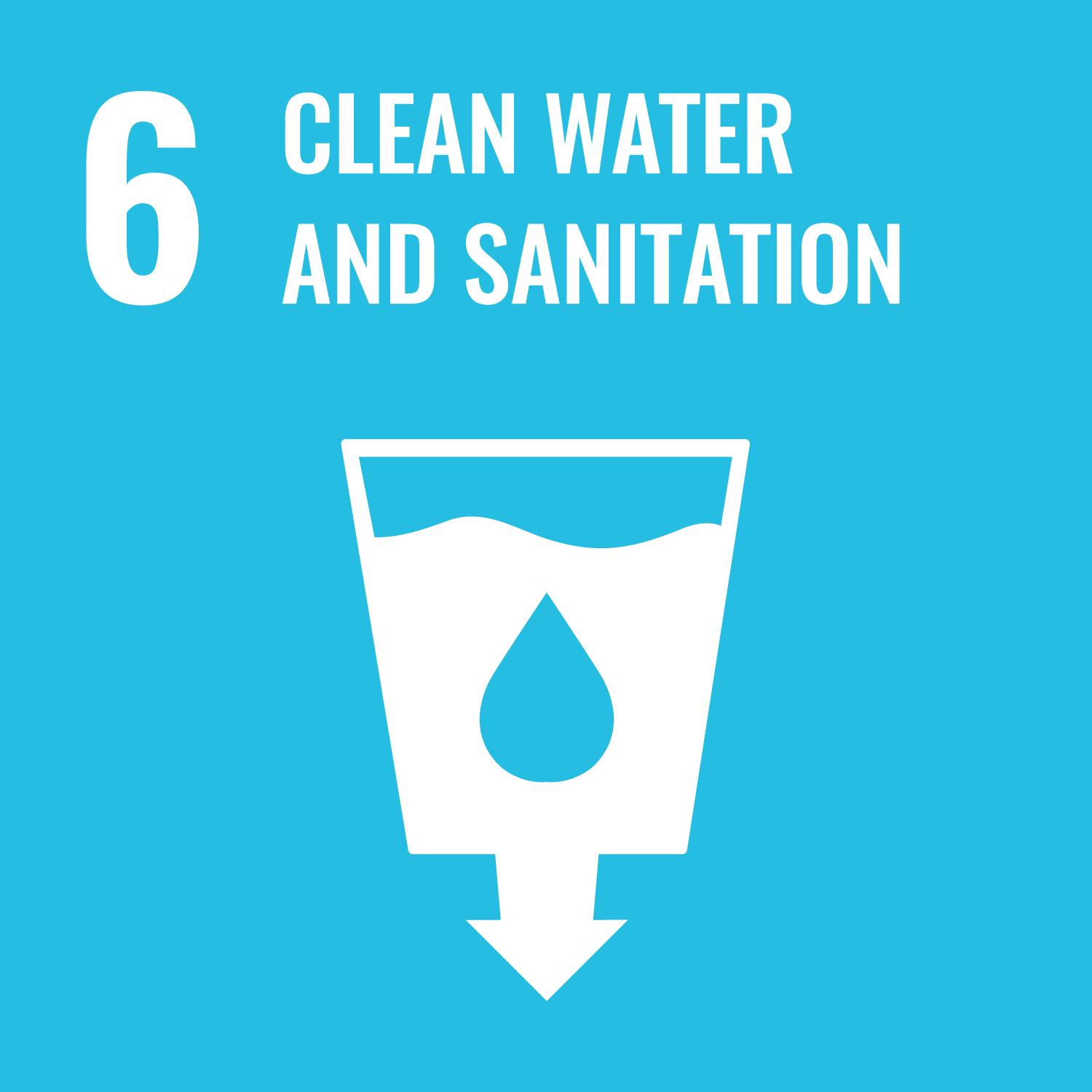


Constructing a sustainable value chain
Hino will contribute to the achievement of a sustainable society with little environmental impact by minimizing the effect on society and the environment across the broad-ranging truck and bus value chain.
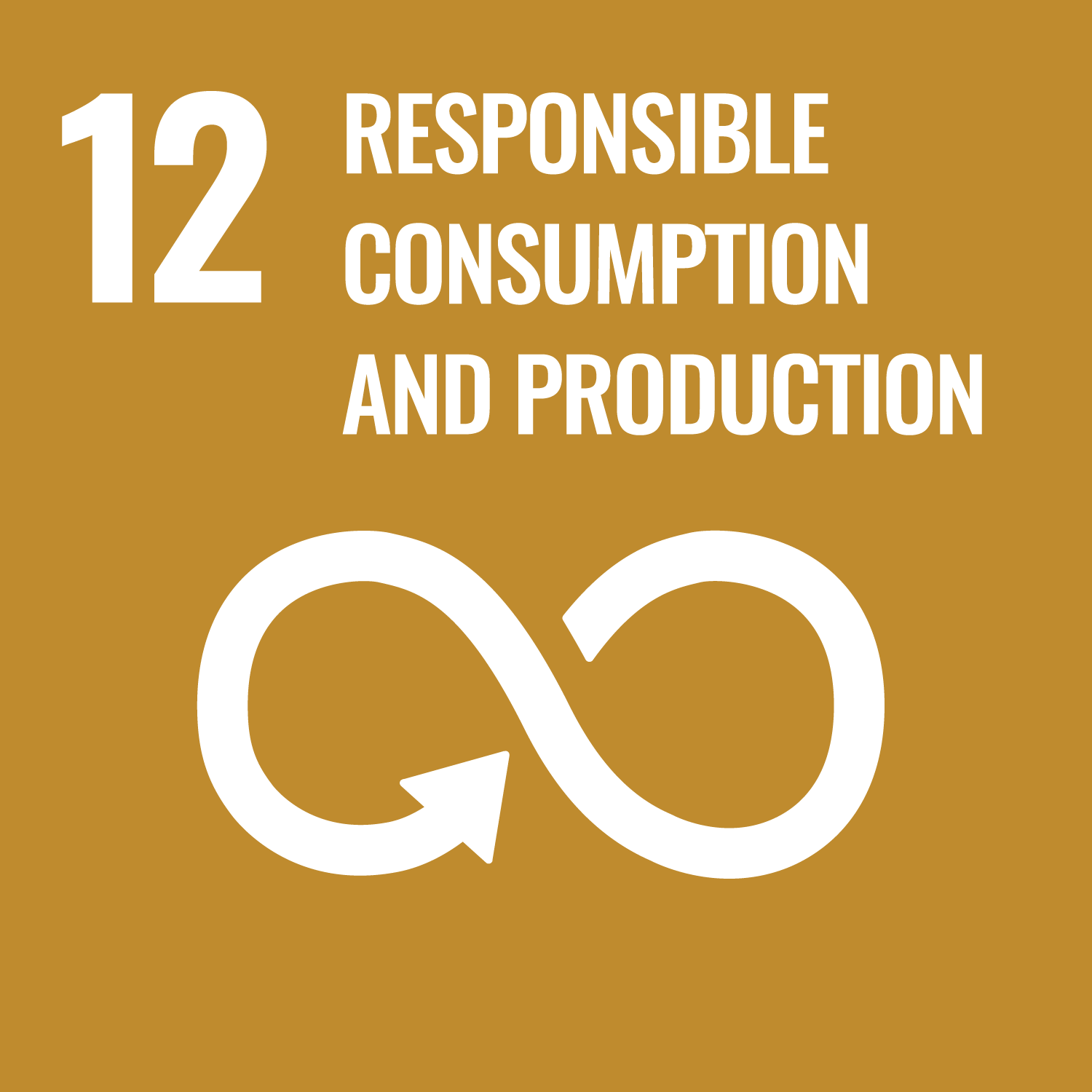
Creating a community of like-minded members
(Leveraging all possible capabilities to address social issues)
In addition to the Hino Group, we will partner with other companies who share our aspirations to address social issues.

2025 Environmental Initiative Plan
Hino instituted the 2025 Environmental Initiative Plan, a 5-year plan, in 2021 with a view to achieving the company’s medium- and long-term strategies. Under this plan, the company has defined goals and plans that it works towards with regard to the Six Environmental Challenges, compliance with laws and regulations, and management.
The outcomes of the major initiatives for 2023 are as follows.
Progress on activity targets
This table can be scrolled horizontally
| 2025 environmental initiative plan, plan content, targets, etc. | Major initiatives in FY2023 | |||
|---|---|---|---|---|
| Six Environmental Challenges |
Life Cycle Zero CO2 Emissions Challenge |
Target: Reduce 12% (per unit transportation volume*) compared to FY2013 * CO2 emissions during transport per kilometer for a one-ton load or per kilometer for one person - Reduce CO2 emissions in all processes: manufacturing, transport, use, and disposal (collaborate with each country and industry) |
- Conducted an examination regarding calculation methods of lifecycle CO2 with each of the companies of the Japan Automobile Manufacturers Association, Inc. - Visualized the volume of CO2 emissions of our business partners, and provided support by cross-group deploying reduction case studies of CO2 emissions |
|
New Vehicle Zero CO2 Emissions Challenge |
Target: Reduce 15% (per unit transportation volume) compared to FY2013 - Develop and deploy electric vehicles - Improve diesel consumption - Implement initiatives for improved transportation efficiency |
- Promoted the spread of the Hino Dutro Z EV, an electric light-duty BEV truck - Improved some areas of the HINO PROFIA Hybrid, a heavy-duty truck, followed by its launch - Helped to conduct driving demonstration for Japan’s first fuel cell heavy-duty trucks |
||
Factory Zero CO2 Emissions Challenge |
Target: Reduce 30% (total global emissions) compared to FY201 - Introduce innovative technologies - Promote daily improvements - Introduce renewable energy |
- Factory CO2 emissions: Reduced 60% compared to FY2013 - Introduction of renewable energy: Implemented on-site renewable energy generation and external procurement of renewable energy (e.g. hydroelectric power generation, PPA*1 model businesses, non-fossil certificates*2, etc.) at nine consolidated companies worldwide *1 PPA: Power Purchase Agreement *2 Certificates representing the environmental value of electricity generated from non-fossil fuels such as renewable energy sources that do not emit CO2 |
||
Challenge of Minimizing and Optimizing Water Usage |
Target: Implement initiatives for efficiently reducing water usage (all plants worldwide) - Use small amounts of water - Return purified water to nature |
- Hino reduction in water intake: Approximately 345,700 tons | ||
Challenge of Achieving Zero Waste |
Target: Reduce 12% (total global emissions) compared to FY2018 - Reduce to reach zero waste - Use resources from discarded vehicles in newly manufactured vehicles (car to car) - Reduce packaging materials and plastic wrapping materials |
Waste emissions: Reduced 40% compared to FY2018 - Percentage of waste plastic in waste volume: 6% - Reduction rate for packaging materials per unit of production: Reduced 25% compared to FY2018 - ASR recycling rate: 96% (Legally mandated standard: 70%) |
||
Challenge of Minimizing the Impact on Biodiversity |
Establish two model plants that coexist in harmony with nature - Create plants that conserve greenery and water, and coexist in harmony with nature |
- Held a light-trap observation event - Conducted afforestation activities (Koga) |
||
| Compliance with laws and regulations | Air | - Take measures to prevent air pollution in products and production | - Ongoing evaluation for reapproval - Promoted development of products that comply with upcoming regulations in each market, and preparations for market entry - Reduction rate per unit of VOC: Reduced 6% compared to FY2018 |
|
| Water quality / Soil quality | - Manage wastewater and prevent underground seepage in the course of production - Prevent the spread of pollution during land transactions and modifications |
- Complied with legal standards - Conducted soil surveys and implemented decontamination measures at the Hino Plant |
||
| Noise / Vibrations | - Reduce noise and vibrations in products and production | - Promoted compliance with noise regulations for each product and improvement of noise prediction simulation technology - Complied with legal standards at plant site boundaries |
||
| Waste materials | - Properly manage waste materials | - Concluded four contracts regarding new waste materials and managed such materials properly | ||
| Chemical substances | - Manage chemical substances and reduce hazardous substances in products and production | - Implemented management of environmentally harmful materials using International Material Data System from a global perspective - Implemented thorough management of prohibited substances in new subsidiary materials and conducted 469 evaluations |
||
| Accident prevention | - Prevent environmental accidents (goal of zero violations and complaints, defects and reports) | - Four violations and one abnormality occurred. Appropriate action was taken based on governmental guidance - Implemented cross-group investigations and general inspections to prevent similar incidents from occurring |
||
| Management | Create environmentally responsible human resources (communicate environmental management and conduct in-house education) | - Held external seminars attended by 237 participants Content: ISO fundamentals, environmental law seminars, auditing method e-learning - Held study sessions by the Operating Officer of the Environmental Division with 150 people attending Theme: The earth’s functions and mechanisms: Thinking about biodiversity |
||
